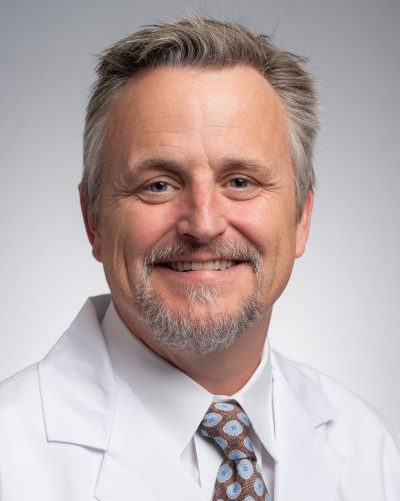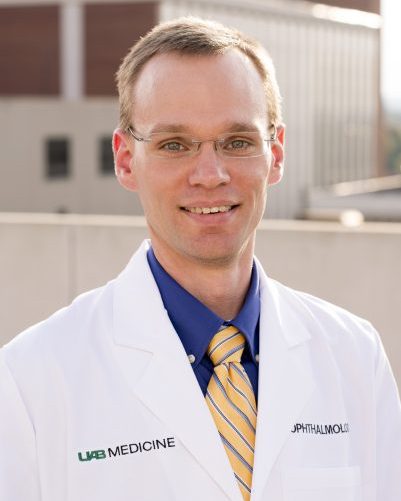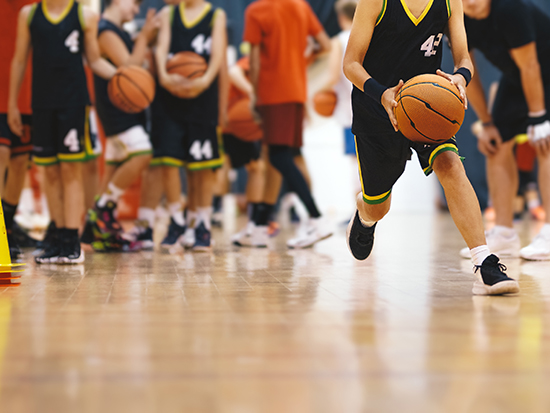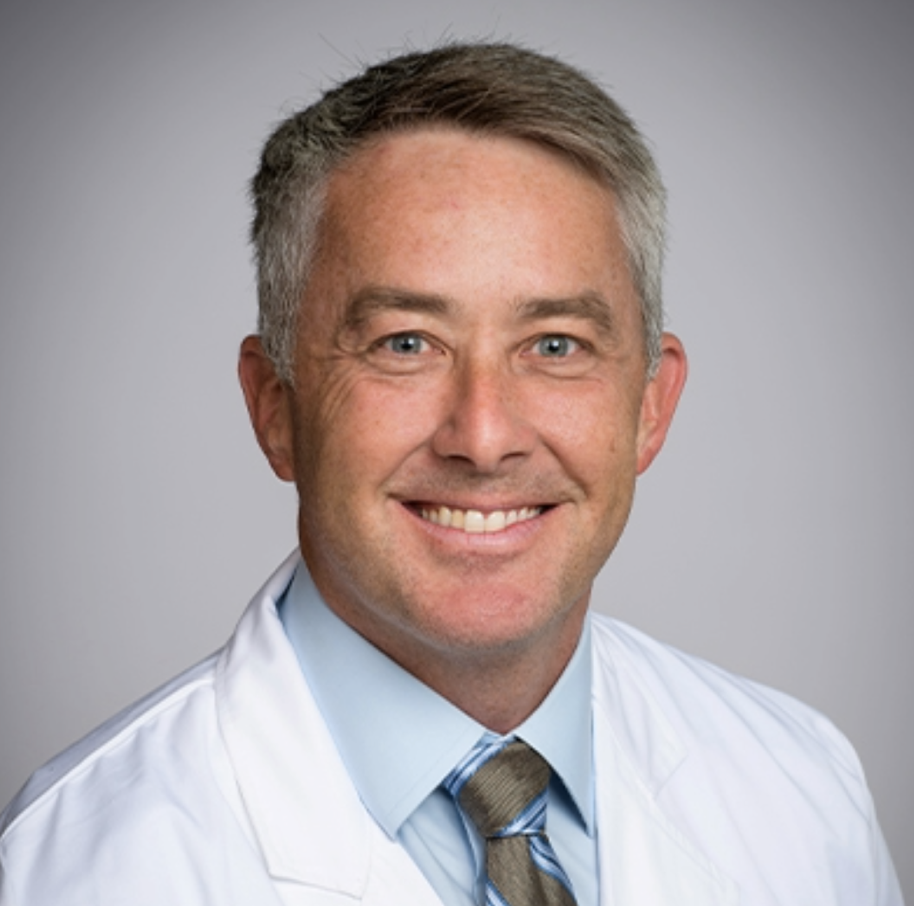Eye stents are used as a treatment for glaucoma and, in children, NLD (nasolacrimal duct) obstructions. Stents are very small tubes usually made of plastic, fabric, or metal, which are surgically inserted to relieve obstructions and keep a path open so blood or other fluids can pass. Stenting to help treat glaucoma is used in combination with cataract surgery to reduce pressure inside the eye in certain adult patients who have mild or moderate open-angle glaucoma. Clear fluid in a healthy eye flows freely through the front chamber of the eye and drains out through a mesh of tissue and exit via into a canal at the edge of iris and cornea. If the meshwork becomes blocked or drains slowly, pressure builds up inside the eye to a level that may cause vision loss. A stent creates an opening to allow better drainage. In a healthy child, the nasolacrimal duct allows tears to exit the eye by draining into the nasal passages. In NLD, that duct is blocked or did not open at birth. NLD obstruction usually opens spontaneously by age 12 months. If it cannot be treated with other therapies, if anatomic abnormalities are present or the obstruction is tight, a silicone stent may be placed with the child under general anesthesia.
UAB Ophthalmology has more than 25 physicians, many of them named among the top doctors in their fields nationally. They are renowned for their advances in eye care, breaking through old ways of treating blinding eye diseases and revolutionizing many areas of ophthalmology.
Ophthalmology care at UAB is located in UAB Callahan Eye Hospital, one of the busiest eye hospitals in the country, where specialists work together to treat complex cases. The UAB Callahan Eye Hospital surgical suite houses nine operating rooms dedicated to eye surgery as well as a 24/7 Eye emergency room, which is the region’s only Level I Ocular Trauma Center. More than 11,000 surgeries are performed at UAB Callahan Eye Hospital each year, and we conduct more reconstructive eye surgeries than any other facility in the world. Patients come from around the nation to be treated for eye conditions at UAB.
The UAB Center for Low Vision Rehabilitation works with patients to maximize vision and provides services such as orientation and mobility, occupational therapy, and support groups for patients dealing with vision loss or impairment.
Through ongoing research and clinical trials, UAB continues to make great strides in the field of ophthalmology. In addition to our physicians, we have a team of vision scientists who are fully dedicated to researching causes, preventions, and cures for eye diseases such as diabetic retinopathy, glaucoma, and macular degeneration. Many UAB ophthalmologists have received funding from prestigious research organizations and institutions and collaborate in clinical care to deliver the latest in scientific discovery to our patients.
Care Providers
Videos
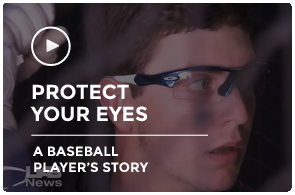
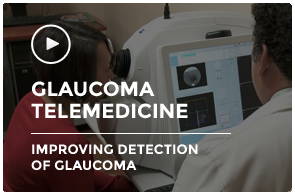
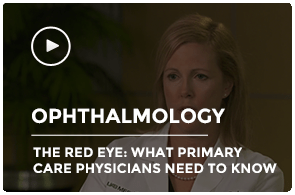
Resources
Related Specialties
Clinical Trials
Speak to your physician about your options and browse the link below for more information
Latest News
View All News-
Blazer Bridge Fund continues encouraging innovative discoveries; announces 2024 winners
September 20, 2024
-
Keep the fireworks fun in the sky and out of your eyes
June 28, 2024
-
Too much screen time is a risk to children’s eyes. Here is how to protect their eye health.
May 20, 2024
-
ALG6 acts as a modifier gene in the inherited genetic eye disease retinitis pigmentosa 59
March 20, 2024
-
Infant born with rare eye condition gets best chance at normal vision development at UAB
February 7, 2024


